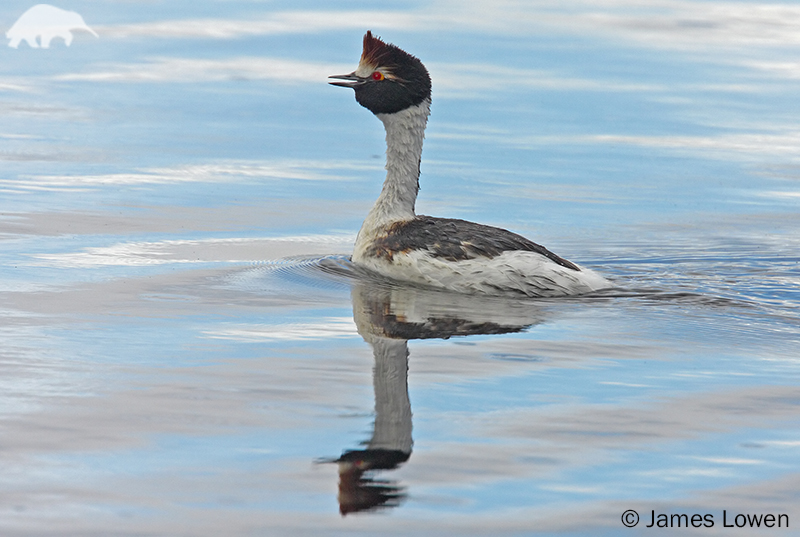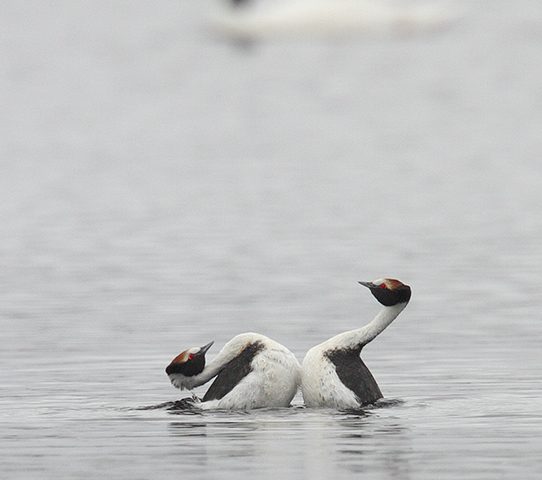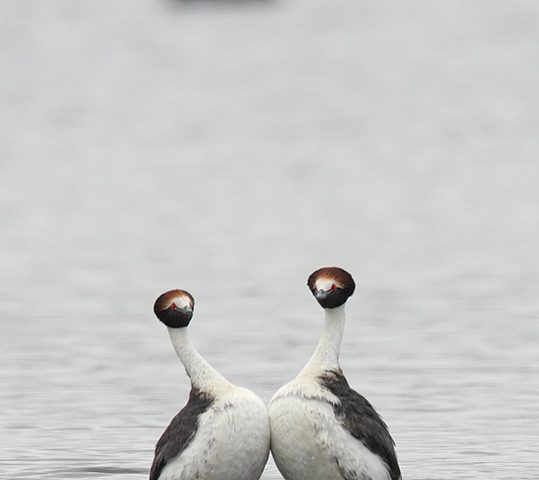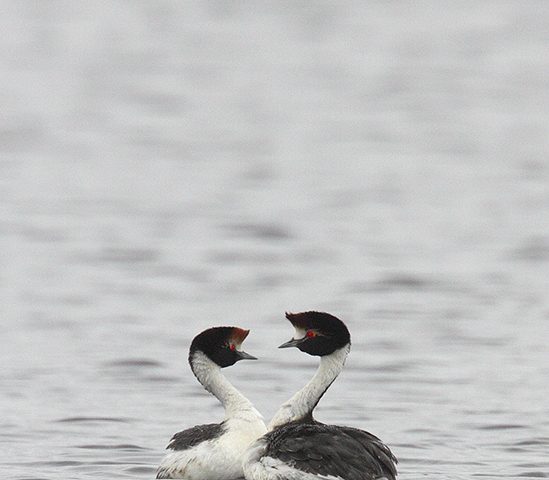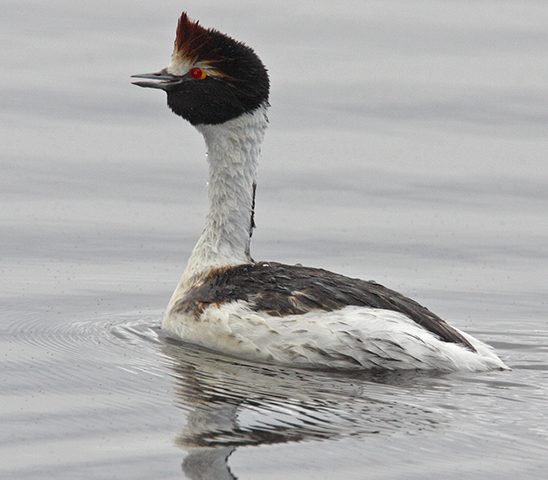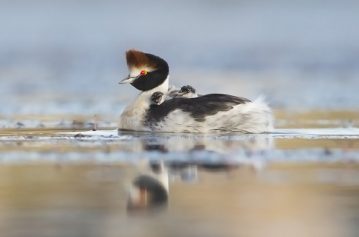About
Only discovered in 1974 the Hooded Grebe is found in regions across Argentina and possibly Chile.
They come from the only taxonomic family within the order Podicipediformes, which date back at least 25-35 million years.
Since it’s discovery, the population has dropped by as much as 95% in some areas and there are thought to be between 800 and 1,000 individuals left – but the population trend now is stable due to active conservation actions. .
Climate change is dramatically impacting these birds. The high elevation lakes, where they breed in the Argentinian summer, are drying up as less and less snow falls during the winter. The grebes feed on the milfoil plant (Myriophillum sp.) which grows in the lakes, so climate change is causing rapid declines in a key food source. Hooded Grebes also have very low reproductive rates, producing only 1 chick in each breeding season. As a result, they are highly susceptible to predation by the invasive American mink and Kelp Gulls which eat the eggs and the juveniles. The mink can kill large numbers of adults in a day, potentially wiping out entire local populations. In addition, introduced salmonids compete for the grebe’s food and change the structure of the lakes where Hooded Grebes live. These threats are exacerbated by the altered weather conditions caused by climate change.
However, recent conservation action, such as controlling invasive mink, has stabilized the population, and since 2014 the Hooded Grebes reproductive success rate seems to be increasing.
- Order: Podicipediformes
- Family: Podicipedidae
- Population: 800-1000
- Trend: stable
- Size: 32cm
EDGE Score
Distribution
They are found predominantly in the Patagonian province of Santa Cruz, Argentina. The lakes used for breeding are found in the interior of the state whilst the hooded grebe can be found wintering at three estuaries on the Atlantic coast.
Habitat and Ecology
They are found in basaltic lakes during the breeding season, and their currently only recorded wintering sites are estuaries on the Atlantic coast of Argentina. The breeding season is from October to March when it can be found in colonies of up to 130 pairs. The breeding lakes must feature aquatic vegetation where this species can build floating nests. Their diet consists mainly of aquatic invertebrates.
